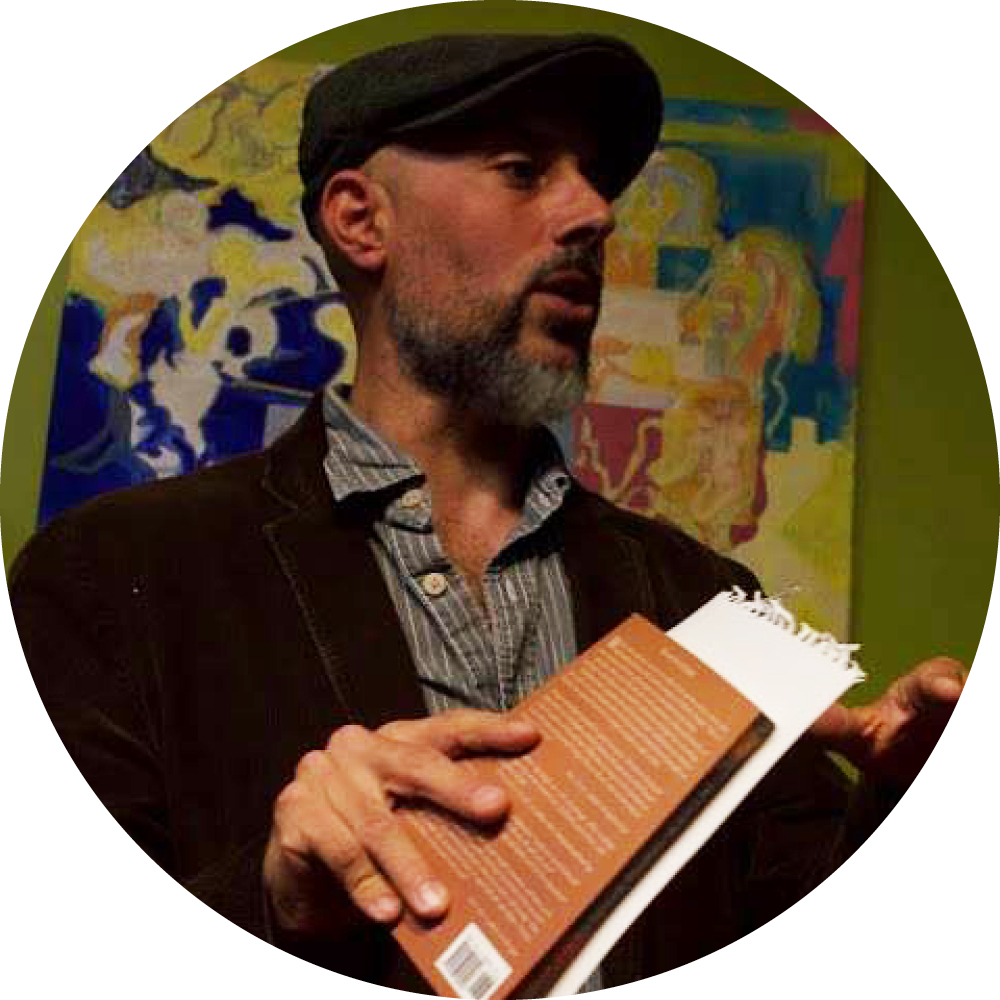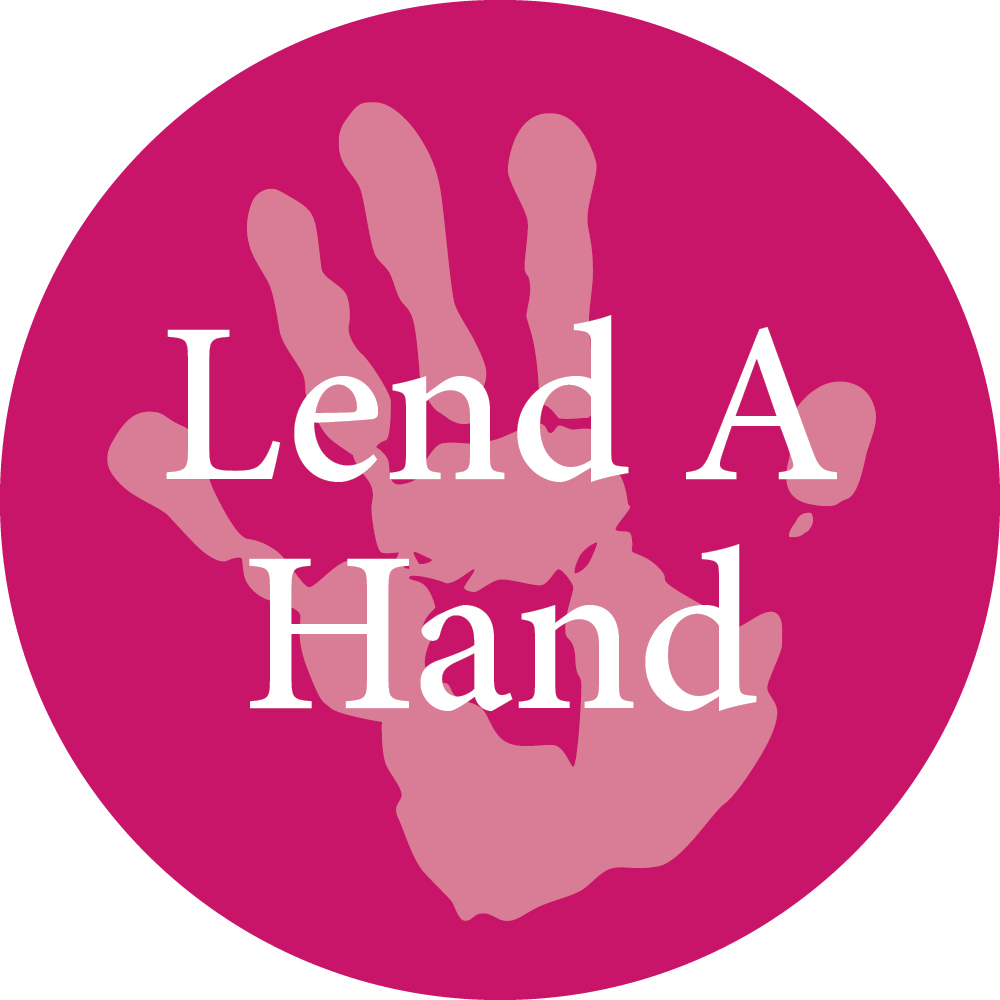Matrix Fodder
By Balazs Dibuz
Teach your children well,
Their father’s hell will slowly go by,
And feed them on your dreams
The one they pick, the one you’ll know by.
– Graham Nash (slightly altered)
In the twenty years I have worked with middle school students, I have heard many parents express real anxiety about the role of education in preparing their children for life. The sentiment that has come to worry me the most is the one that pleads, “I would like my child to become a critical thinker, a creative problem solver, and a caring and collaborative citizen in a democratic society, but I am more concerned about her readiness to survive in the real world, so I need her teachers to prioritize preparing her to do well in high school and to score well on standardized tests.” While this request may seem to be a rational response to a deep-seated fear about a child’s future well being, or a compromise based on a consideration of harsh realities that the child will face, it is, in effect, a willing sacrifice of the child to a world for which she is not at all responsible. It is, in essence, the enslavement of that child to the existing system, or, perhaps more accurately, her cultivation for eventual harvest in that system. This attitude sees education as the process by which we make fodder for the machine that runs our world, a machine so all-encompassing that it functions like a matrix–where everything has become input, and the output is the world we accept as our “reality.” Acceptance of this reality is what compels well-meaning parents to transform their offspring into matrix fodder. Unless we are alright with where we are headed as a species, and with the condition of the planet we inhabit, we may want to consider trying something different in how we teach our children.
Teaching is an inherently political endeavor. If we stick to the curriculum, we are consenting to official, government-approved content; if we stray from it, we are consciously dismissing it. Either way, we are deciding what the human beings in our charge spend their time doing and what knowledge, skills and attitudes they acquire–or rebel against. The teacher-student relationship is predicated on authority in most institutions of learning, and the student has little or no choice about what she learns, or when and how she is taught it. All this works perfectly if one’s goal is to maintain the existing socio-economic system, and today’s schools and today’s schooling is certainly perfectly suited to maintaining the capitalist one. If we shape our children to fit the machine, then we are essentially deciding their fate and the fate of the world they will inherit from us. While the latter is an act of insecurity on our part, the former is an act of injustice. We have no more right to determine who or what our children will be when they grow up than we have to decide that about other people. Shouldn’t we, in fact, safeguard most fervently the sovereignty and freedom of the ones we love the most?
The most important piece of legislation about education passed by the federal government in this millennium is the act affectionately known as No Child Left Behind. Its intention was to make it more likely that all children be able to pass national standardized tests that measure a specific set of knowledge and skills, that is, to arrive at what is considered an acceptable level of education by the time they reach a certain age. Foregoing any analysis of the effectiveness of this kind of well-meaning effort (there is ample evidence that it has had worse than mixed results in achieving its goals), I’d like to focus on the concept suggested by the title of the law, and hence its overall intent. It seems to me that a child might respond to the pronouncement of this act, which suggests that our children are all going to the same place, with the perfectly appropriate question, “But where are we going?”
And the where is the rub, isn’t it? I, for one, would like to propose that it be. Because it does matter where we go. Isn’t that the very purpose of travel? I mean, how often do we begin our vacation planning with the words, “What time do you think we should arrive on our holiday, Dear?” Given the condition into which we have plunged the only planet we have the option to live on as a species, I would suggest that the question of where we are headed, and, hence, in which direction we shove our children, is an enormously significant one. Evidence all around us suggests that it is, in fact, a question we are way overdue in asking earnestly.
This is not a political proposal, but rather a pedagogical one, and it is not a modest one. And yet, it is not about offering a specific alternative destination for our children either. Instead, I would like to suggest that we try something novel and not decide where our children are going at all. It is certainly much easier to lead our children down paths we are familiar with–the more trodden the better–but it is much healthier for them, and for the human race, and for the planet as a whole, to let them discover their own paths. Why? Because new paths lead to new destinations, and, unless you are in the 1%, you probably don’t think this trip is going all that well. Because it is really not a good idea to ask those who have wandered off a cliff to navigate future journeys, I think we can stop wracking our brains about which alternate destination would be more suitable for our children. While we might prefer to beat our own heads against the wall repeatedly, we really ought not do the same with our childrens’ heads. In fact, the best thing we can do for our children is to let them be. Yes, let them be.
I am not proposing that we not nurture our children or that we deny them opportunities to explore and learn about their world. On the contrary, I am suggesting that we spend more time with them, not deciding for them, or even guiding them, but growing with them. It is our love of the world, and of other people, and the four leggeds and the ones that fly and swim, that we want to impart to them more than anything, after all, and we can best achieve this by modeling the behaviors we think most noble, and most honorable. But let’s stop killing their imaginations with the debris of our own thinking. Our collective future depends on it. Speaking in support of the Water Protectors at Standing Rock, Van Jones recently recommended that we “Power a new civilization based on the living sun, based on the living wind, and based on the living imagination of our children.” As he suggests, our children’s imagination is an essential force in any change we hope to see in this world, but they can only create a better world if they are not molded to fit this not so perfect one.
After fourteen years of failure, the No Child Left Behind Act was replaced by the Every Student Succeeds Act, signed into law by Barack Obama in 2015. The title of this act, at least, suggests that the goal is less about getting everyone to the same place, and that we might at least consider the success of an individual’s journey in a variety of ways. In a less-well-known piece of legislation, the Obama Administration has approved the first phase of the Navajo Nation’s request to implement an alternative system of accountability for the 66 schools on their reservation. Though the agreement comes nowhere near to handing over the reins to the tribe in terms of the education of its children, it is at least a head nod toward the idea of indigenous people’s cultural sovereignty. Allowing communities to decide what to teach their children, and how to teach them, is still a long way off, but it is a nascent idea and it needs to be promoted. For Native and other minority communities it would be the single most important act of restorative justice; it would allow nations and cultures to perpetuate their values and ways of life rather than coercing them to adopt those of their colonizers. And it would create a diversity of approaches to being that would offer alternatives to the resource-extractive, capitalist hegemony that now dominates all economic and social structures in our world. Variety, in social systems as well as in ecological ones, is more than the spice of life–it is the basis of life itself. When people are allowed to think and live differently, they bring a healthy diversity of ideas to bear on how we take care of ourselves and our planet.
There is another benefit to paying attention to how other cultures (have traditionally) educate(d) their youth. They offer us alternative perspectives on pedagogy. If we want to shift from raising our children within the framework of a conquest mentality–one that sees the natural world and other people as put here for our exclusive benefit–it would behoove us to look for models outside our own deeply entrenched system. The concept of domination does not exist in the worldview of indigenous peoples, and therefore they do not strive to have dominion over all things, including their children. The relationship between parents/elders and their young in a traditional tribal society is not one of coercive authority; it is, instead, one of reciprocity. The idea that a child engage in learning consensually is central to this kind of relationship. We have had inklings of this idea in the realm of European schooling, for example when Maria Montessori proposed that we consider children naturally curious and potentially self-guiding human beings, rather than raw material we can mold to fit our adult purposes. If we could adopt the attitude that children are born learning, we may be less inclined to foist our teaching upon them and grant them, instead, the space in which to learn. This would require that we stop defining successful learning as the avoidance of mistakes, for one thing. It would also relax our overwrought concerns about the outcomes of that learning. We may even realize the absurdity of coercing something that happens naturally.
Teaching is an inherently political endeavor. If we stick to the curriculum, we are consenting to official, government-approved content; if we stray from it, we are consciously dismissing it. Either way, we are deciding what the human beings in our charge spend their time doing and what knowledge, skills and attitudes they acquire–or rebel against.
The best way to keep our children out of the matrix of the capitalist socioeconomic system is to stop making them fit into it. An education that does not colonize children’s minds, but rather allows them to develop a direct relationship with the world in which they live, would need to consider three principles: this kind of learning would be community-based, place-based, and consensual. When learning happens in the cultural context of the community, involving the values, experiences and, most importantly, the care of those who love the child, it guarantees that the learning is not a form of conquest. This kind of education would have the secondary effect of being restorative for the communities whose children were stolen from them during the era of rampant colonization; it would allow a healing process that is long overdue. Place-based learning, in which the student engages directly with her local environment in an interdisciplinary and ongoing manner, allows the knowledge and skills attained over the course of her education to be rooted in an awareness of and appreciation for the other-than-human world, so that that knowledge and skill set is applied responsibly–as a response to that world, not as a domination. Consensual learning is the most important and probably the easiest principle to adhere to, because it pre-exists everything in children, and it certainly pre-exists schooling. We could simply work backwards and ask ourselves, “what are the things that erode a child’s desire to learn?” and the stop doing those things. Not removing children from their communities and not isolating them from the natural world may already go a long way toward accomplishing this.
These three principles of pedagogy, that learning be based in community, place and consent, have in common that they represent reciprocal relationships. They require that we consider children inherently valuable beings, not potentially useful participants, and they result in children considering the more-than-human world as inherently valuable beings, not as perpetually extractable resources. If the purpose of education is considered anything other than the fulfillment of the child’s inherent and natural need to learn, it inevitably transforms that child into a commodity to be competed for in the existing economic crucible of the capitalist world, or, at best, a competitor for limited commodities, including his fellow human beings. Another way of saying this is that economics (and the sciences, and the arts) exist to serve our children, not to be served by them. We don’t bring children into the world to generate doctors and lawyers and musicians, so let’s stop educating them as if we did.
The system we have created may seem self-perpetuating, which is why the analogy of the matrix is so apt. But it is, as of now, at least, only an analogy, and, like any representation, it is up to us whether to accept or reject it. So, unless we are happy with the way things are, we may want to stop feeding our children to that matrix. If we want to find a way out of the labyrinth of this quickly collapsing capitalist world we’ve created, our last, best hope is to begin letting our children have a reciprocal relationship with their world, not when they are primed and programmed to maintain it, but immediately when they arrive in it.
Re-sources
Re-Imagining Education

Empowering educators to take a deeper look at the stories told in our schools and to re-imagine them in transformative and
nurturing learning spaces.
learn more
Learning Opportunities

Classes, workshops, and lectures that help to empower people to re-imagine who they are and their place in the world.
learn more
Books

Books written by
Re-imagining authors
learn more
Get Involved

Help the Chicago Wisdom Project realize its mission to re-imagine education through holistic programming that transforms individual, community and world through creative expression.
learn more